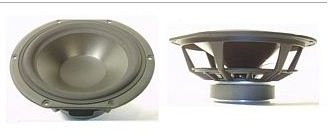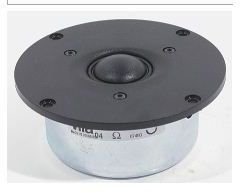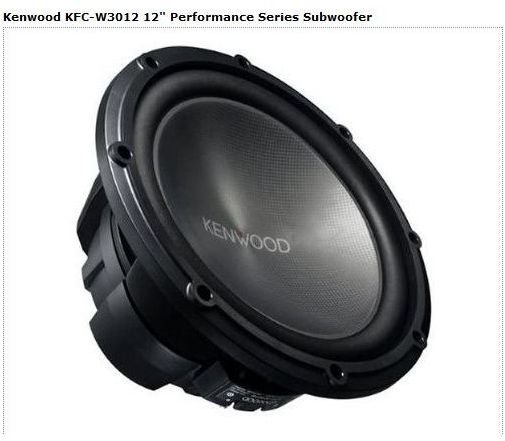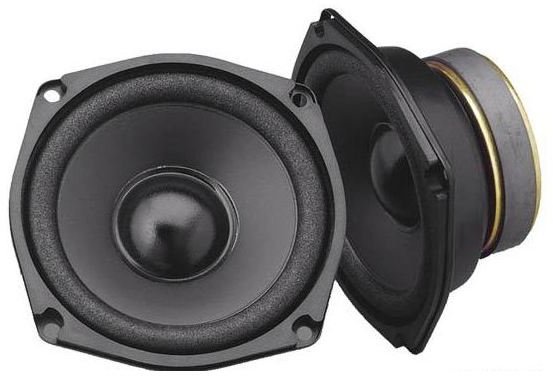Understanding the Basic Types of Speakers
Introduction
What differentiates the basic types of speakers is the part of the audio spectrum a particular speaker is capable of reproducing from the electric signal fed to it. Speakers are, essentially, required to create vibrations in its surrounding air that is proportional to the electrical signal fed to it. Due to the mechanical nature of construction, a speaker is not able to reproduce the entire audio spectrum of 20 Hz to 20 Khz that a human ear is capable of distinguishing. Frequencies lower than 20 Hz also add to the listening experience by producing the vibration that can be felt physically by people.
Speaker construction differs based on what diaphragm is made to vibrate in response to the electrical audio signal. There are several arrangements that are used. However, the most common and popular construction is the voice coil type. This article explains the working of a voice coil speaker. The article has a diagram that clearly explains the voice coil mechanism.
The Basic Types of Speakers - Frequency Range
Speakers are also called audio drivers. We shall use the terminology driver interchangeably with speakers. There are essentially three basic types of speakers, depending on the frequencies they are able to reproduce well. Crossovers are pieces of circuitry used with the speakers/drivers to ensure that audio signal in a given range comes to the driver meant for it. That ensures low frequency signals go to subwoofers and woofer drivers, and the high frequencies go to the tweeter. The midrange reproduces the rest of the band.
The Midrange Speakers
The mid-range speaker, or the speaker that covers most of the middle frequency range, is the main basic type of speaker. This type of drivers have the widest frequency coverage. However, these are unable to reproduce the high frequencies or notes and lower frequencies/notes.
Woofers
Woofers are drivers specially constructed that reproduce lower frequencies of the audio spectrum well.

Tweeters
Similarly the tweeters are specially constructed to handle the top frequencies or the shrill notes well.

Subwoofers

There is a special category of speakers that can reproduce frequencies lower than 20 Hz down to below one Hz. This sound spectrum of a subwoofer adds to the immersive experience of audio by reproducing deep bass, drum sounds, rumblings of a volcano/earthquake well. Thus every home theater worth the salt must have a subwoofer in the channels reproduced by it. Read How Does a Subwoofer Work? to learn more.
Size and Other Issues
In an audio spectrum more power is distributed in the lower frequency ranges. Thus subwoofers are of largest size, followed by the woofers and the midrange speaker. The tweeter is the smallest. The subwoofers are typically used alone. Thus in your home theater you are likely to have one independent unit that is a subwoofer. All the other units are typically 3-way speaker/driver systems. They will contain one each of a woofer, one midrange and one tweeter in the same enclosure.
The Basic Types of Speakers Based on Position
One could look at the basic types of speakers from another angle. Depending on where you place the speakers in a home theater setting, the enclosures are classified differently than as above. There will be many enclosures depending on the home theater sound system configuration you have; 5.1 or7.1 etc. We typically have left, right and center speakers in a home theater system. These are an improvement on the two channel stereo audio reproduction systems which used to have the left and the right channel drivers only. All these three drivers are typically 3 way speaker systems. They include one each of the woofer, midrange and a tweeter in one enclosure/box. A subwoofer channel, which is a subwoofer speaker in a box, is included. Two surround speakers, once again a three way speaker channel/box are place in the rear left and rear right configurations to simulate sound coming from your back. This is the basic surround sound system or the 5.1 home theater.
A third categorization is possible based on the shape of the enclosure containing the three speakers. These are not real classifications but give rise to terminology like book-shelf speakers, floor standing speakers, sound bar speakers, etc.
